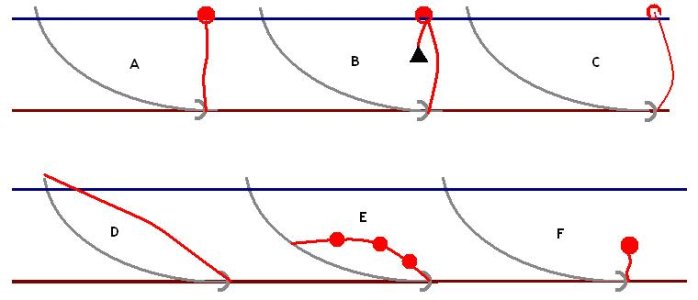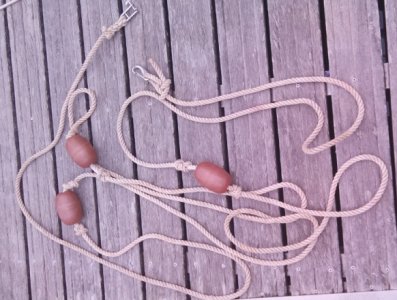Robih
Well-known member
Am I alone In my dislike of deploying an anchor trip line? I have a trip line from the back of the fluke up to a block which is attached to a pick up buoy. Line then through the block with a lead weight on the other end so the float is pulled directly over the anchor by the upward tension on the vertical line from the fluke to block. All good methinks. But then the flukey wind blows the boat over the top of the anchor buoy and it disappears under the boat, then pops up the other side. So skipper stress develops at the thought of the trip line getting wrapped around keel, rudder or prop. Sometimes I think the worry of not getting the anchor up is less than the stress induced by the trip line. Do all of you old sea dogs just chuck it over the side and don’t worry about it?
I should confess to an incident twenty years ago in the Morbihan where I had the trip line wrapped tightly around the prop which required a dive to sort it - so there’s bad history in my head!
Any wise guidance as to technique and stress reduction gratefully received……
I should confess to an incident twenty years ago in the Morbihan where I had the trip line wrapped tightly around the prop which required a dive to sort it - so there’s bad history in my head!
Any wise guidance as to technique and stress reduction gratefully received……


